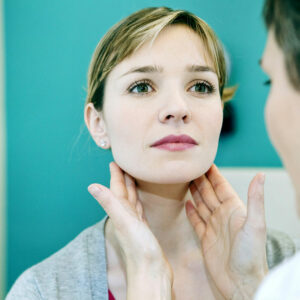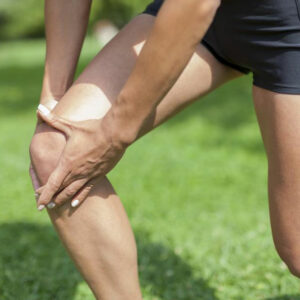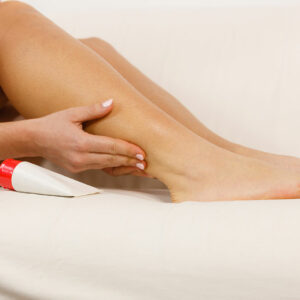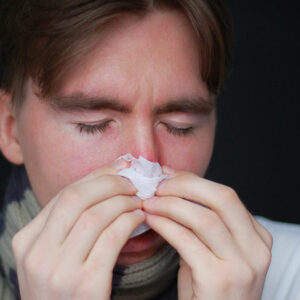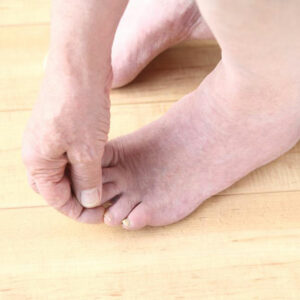
01
Diabetic Neuropathy – Risk Factors, Symptoms, and Treatments
Diabetes is a grave disorder that can give rise to various complications. It affects several parts of the body by initially targeting the nerves. Some of the initial signs of diabetes are leg pain and cramps. Along with these, the high blood sugar levels in the long term can cause nerve damage. In medical terms, this condition is known as diabetic neuropathy. According to a survey, several times, the patients will continue to deal with the symptoms of diabetes without knowing that they have this condition. Sometimes, they only receive a diagnosis when the pain becomes unbearable. Usually, people who have peripheral neuropathy undergo severe conditions such as damage to the nerves in the arms or legs. It is a chronic condition that occurs when a patient’s body is unable to access the hormone insulin. Leg pain is a common sign of diabetic neuropathy along with other symptoms that affect the nerves running through the limbs, hands, and feet. RIsk factors for diabetic neuropathy The risk factors which can give rise to uncontrolled blood sugar levels are: Alcoholism Infections such as Lyme disease or shingles Autoimmune diseases Vitamin deficiencies Repetitive motions Signs of diabetic pain that affects the legs Some of the most common symptoms that patients exhibit are: The leg muscles become weak Muscle cramps along with numbness Ulcers that are not able to heal Itching or burning sensation in the legs Shiny skin and loss of hair or slow hair growth on the legs Change in the color of the legs (it could get a bluish tinge, or a pale or dark red to purple color) along with the development of black patches High blood glucose levels are an unfavorable condition which can result in the damage of cells, nerves, as well as blood vessels. So, it is vital that one gets an adequate supply of glucose to all the cells so that the blood glucose levels can be adequately regulated.
Read More 